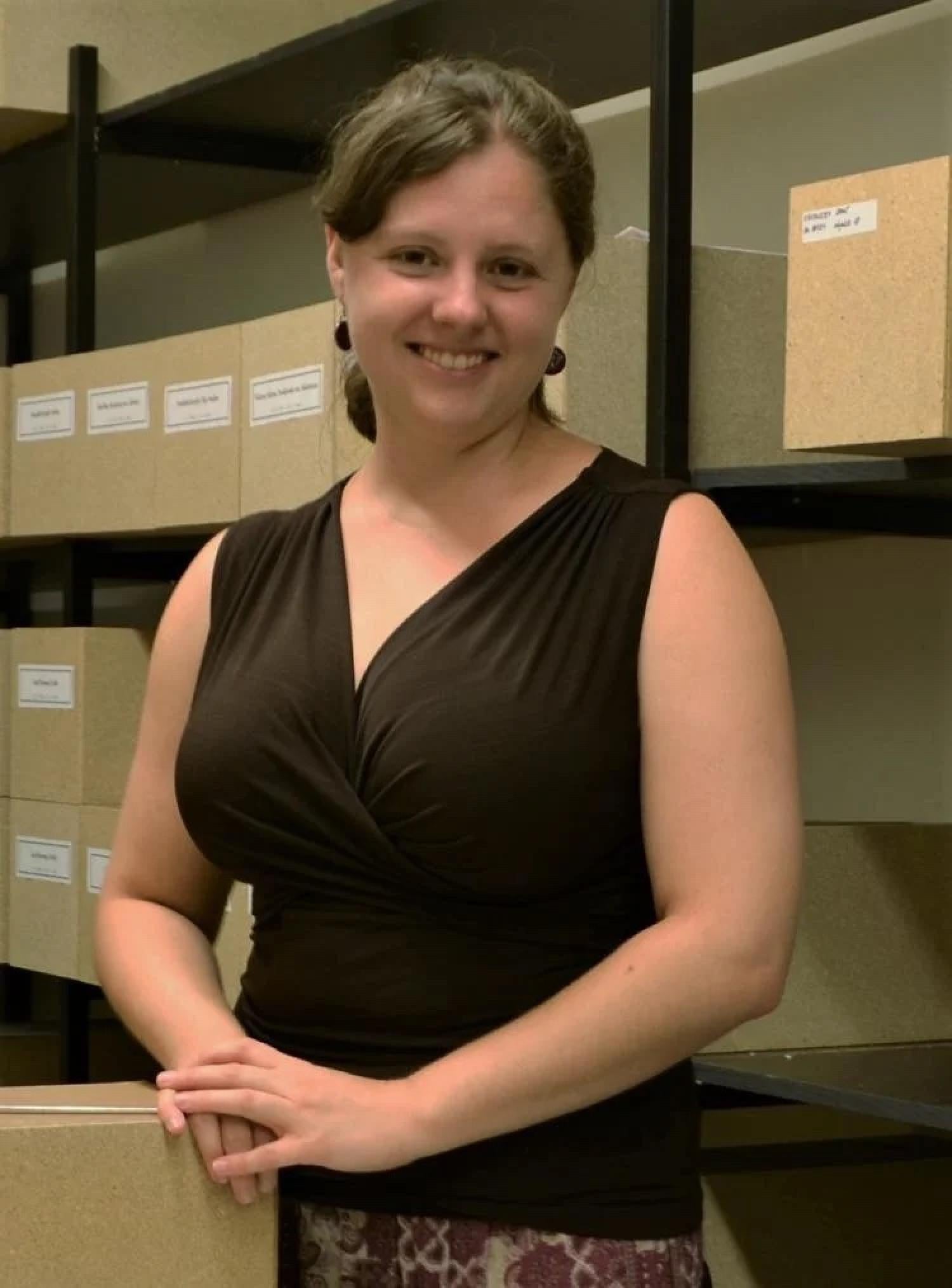Welcome Bioarchaeologist Lauren Hosek

Congratulations to our newest professor bioarchaeologist Lauren Hosek on this wonderful CU Boulder Today coverage of her ongoing research in Denver.
Lauren Hosek cradles a human jawbone in the palm of her gloved hand—it’s brown and covered in flecks of dirt.
Behind her, a team of archaeologists spreads out in a field not far from Pancratia Hall, a red-brick building constructed in 1929 in southwest Denver. Six or so students kneel in a hole about the size of a swimming pool, excavating a series of graves. They carefully pull away what’s left of wooden caskets and collect pieces of bone, including the mandible Hosek is now inspecting.
The researcher is a “bioarchaeologist” at CU Boulder who specializes in working with human remains. And, she learns, the bone she’s holding belonged to Sister Carmelita Hodapp, an educator and nun who died in Denver in 1909.
“I love teeth,” said Hosek, who will join the CU Boulder faculty in the fall as an assistant professor of anthropology. “They can tell us so much about the health of the body over time, but we can also see things like the way people tried to care for their bodies or even care for others.”
Hodapp was one of 62 women who were buried in this historic cemetery, once operated by a Catholic order called the Sisters of Loretto. All former nuns, the women died between 1898 and 1969. They came to Colorado from New York City, St. Louis and County Galway, Ireland. They taught math, music, art and more to everyone from the children of miners to college students.
On this day in July, they’re in the process of being moved. Because of impending development, the Sisters of Loretto decided to transfer the women’s remains to another nearby cemetery to ensure they can receive “perpetual care.” Hosek is part of a team led by Michala Stock at Metropolitan State University (MSU) of Denver overseeing the exhumation. Students from both MSU and CU Denver, and an incoming freshman at CU Boulder, participated in the effort.
Hosek, in particular, is collaborating with current members of the order to develop “osteobiographies” for the 62 nuns—essentially, telling the stories of their lives through the clues hidden in their bones.
Throughout the process, she and her colleagues will take pains to ensure they’re treating the nuns’ remains with respect. At least one representative from the Sisters of Loretto, for example, was on site at all times during the several week-long exhumation project. Once Hosek is finished analyzing the remains, the team will carefully place them into oak caskets for reburial.
“Being invited to join in the process of exhuming and reinterring these 62 sisters has been an amazing, humbling and, ultimately, educational experience for me and our team of volunteers,” Stock said. “We’ve kept in the forefront of our minds that these are people we are working with, and that death does not diminish or negate the fundamental respect and reverence that everyone deserves.”
Click here to read the entire article in CU Boulder Today

